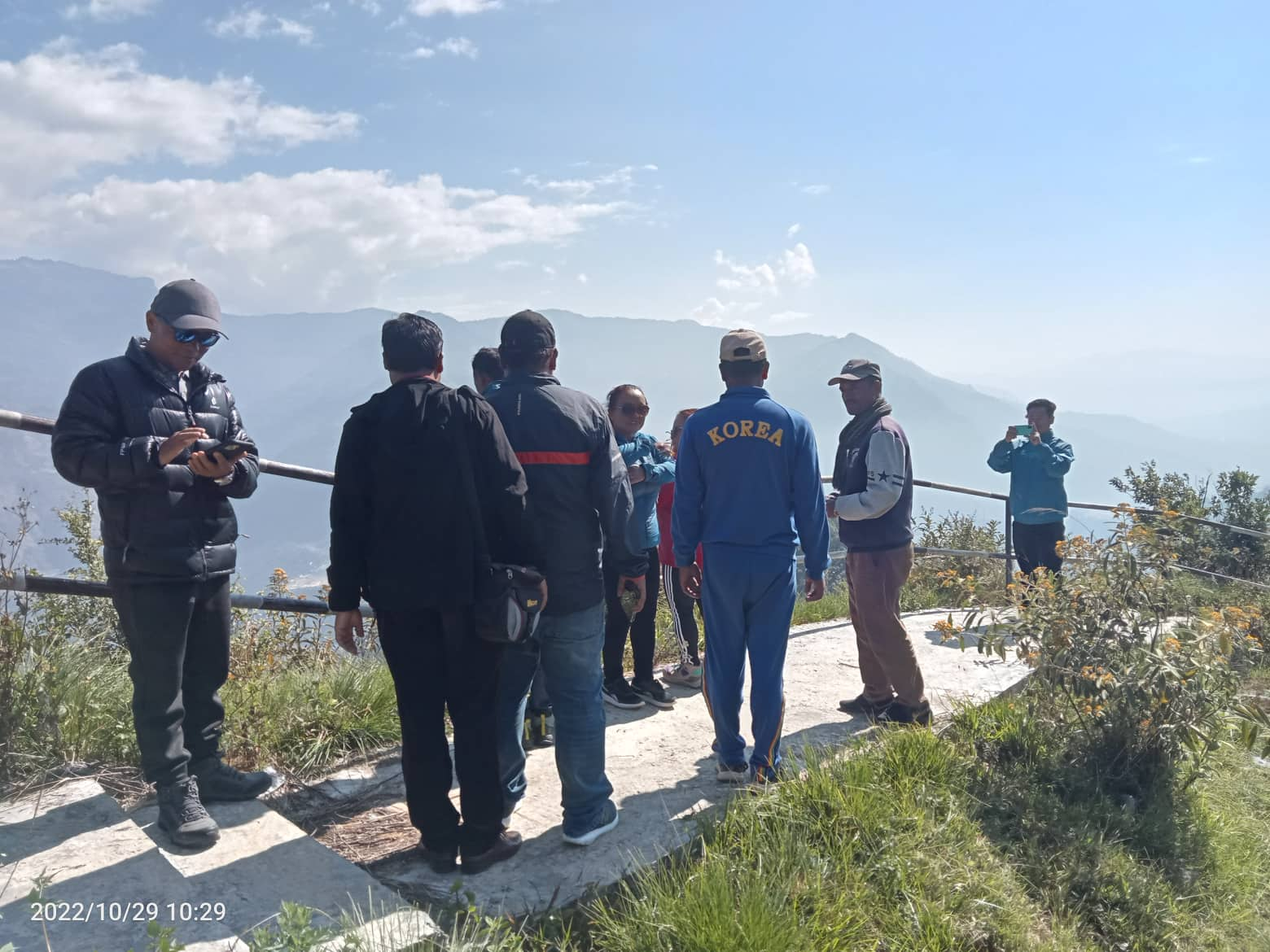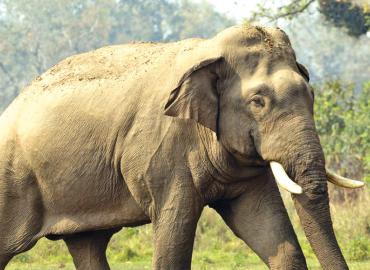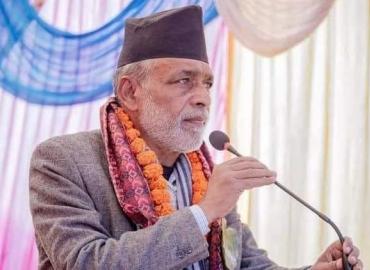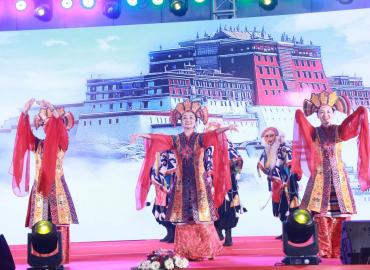Galeshwor, March 21: The Annapurna Conservation Area, which earns international recognition for adventure trekking, is seeing a lesser number of trekkers these days, thanks to consequences brought about by unmanaged motorways.
As the locals complained, the increased traffics have led to sound pollution and dust pollution, posing the risk of further damage to the natural beauty of the area.
Almost all settlements in the region have now access to motorways. Though the development activities have made it easier for tourists to travel and access the area, it is not cost-free in terms of environmental aspects, the natural beauty of the area and public health, they said. It has also brought negative consequences to the trekking business, said tourism entrepreneurs.
Consequently, people, who used to feel the inhalation of fresh air during walking, are now compelled to wear a facemask to avoid dust pollution.
The construction of motor roads rampantly from Lamjung to Manang and from Myagdi to Muktinath has put the trekking route at risk of extinction, said visiting tourists. Human encroachment on the natural beauty of the region is also another matter of concern.
Trekking Agencies Association of Nepal (TAAN) western region former President Deepak Raj Adhikari said motor roads have been constructed by damaging structures for the trekking route.
Short and long trekking trails in Ghodepani, Pun Hill, Nagi and Khopa in Myagdi, Jomsom, Upper Mustang, Annapurna Base Camp, Mardi Peak, and Ghandruk-Ghodepani in Mustang have been 'largely destroyed' due to the construction of motorways.
Trekking is one of the major attractions of Nepal's tourism industry. But entrepreneurs are worried about seeing trekking routes getting damaged and losing their charms with the availability of unplanned and unmanaged transport facilities.
Subarna KC who runs a hotel at Dana said trekking tourists were shortening their trips citing that trekking experiences were no more entertaining than in the past. Rampant construction of roadways causes encroachment on the existing trekking routes.
But, no substantive efforts have been made so far to protect the trekking routes, said the local people. Trees were cut down during the extension of roadways, causing the degradation of the natural features of the area. According to tourism entrepreneurs, 80 per cent of trekking tourists have started shortening their trips comparatively to the past. They expect the Tourism Board and the TAAN to work together to restore the trekking business, and its charm and essence. (RSS)






















